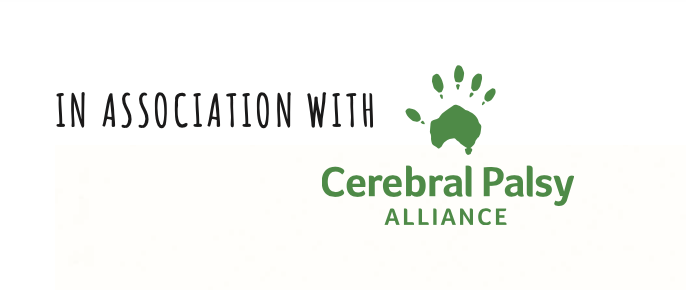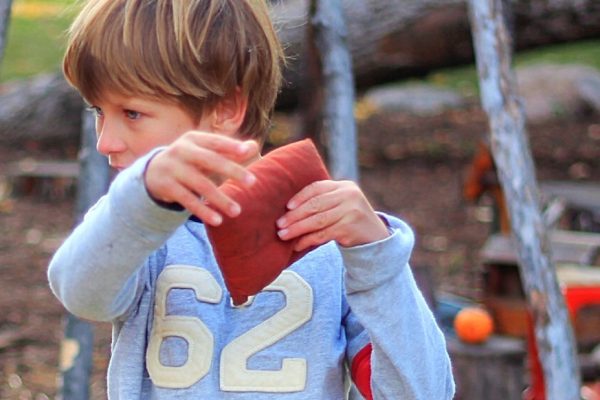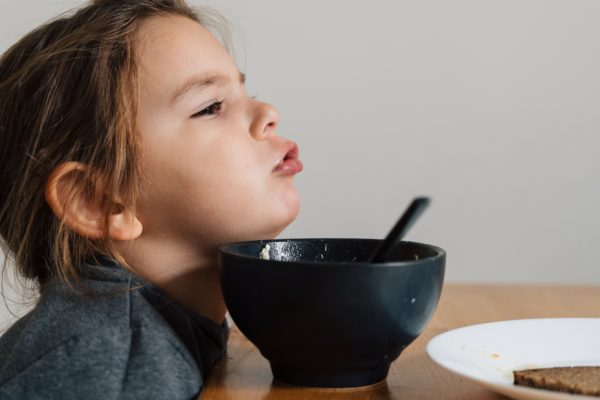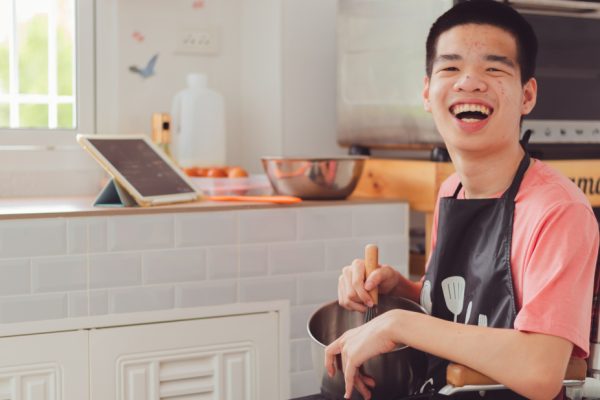
Neuroplasticity and your child – making the most of therapeutic interventions

Put simply, neuroplasticity is the brain’s ability to change – to rewire, relearn and strengthen important connections.
When the brain is injured or grows abnormally, neurons are damaged, altered or lost, causing disability such as cerebral palsy and other similar conditions. The good news is that the brain will attempt to create new pathways around an injury, by allowing a healthy area of the brain to take over or relearning how to do things by strengthening an existing healthy connection.
While you’re never too old to learn, the first five years of life are critical for neurological development. During this time, the brain is developing at rapid speed making it the ideal time to harness neuroplasticity.
In the case of brain injury and neurological disability, the more specific the skill is that a person practises, the more likely they are to recover. To maximise the brain’s ability to adapt or rewire itself, research shows that getting access to intervention as early as possible will give a child the best chance of learning, regardless of the condition or diagnosis.
Interventions that have proven to provide positive outcomes include the following principles of neuroplasticity:
Use it or lose it Children who do not regularly use and practise a skill can lose these skills and the brain function dedicated to these skills.
Use it and improve it – Training or specific practise will enhance a function.
Repetition – Sufficient repetition is required to induce plasticity, refinement of the skill and memory for how to perform the skill.
Specificity – Practise of each skill must be very specific to induce plasticity. For example, when learning to walk, a child must specifically practise walking, not just general movement skills.
Intensity – Practise of a skill must occur regularly to induce plasticity. The frequency of the practise is very important for infants, who tire easily.
Motivation – When tasks are motivating for the child more plasticity occurs.
Age – Plasticity occurs more readily in younger brains, as the younger brain is more open to possibilities.
Time – Different forms of plasticity occur during different stages of learning. For example, different stages might be learning new knowledge about a task, refining execution, and making the skill automatic so a child can carry it out without even thinking.
Interference – Plasticity can be for good or bad. For example, a bad habit is as hard to unlearn as it is to build a new good habit.
Transference – Practise of a skill should occur in multiple environments, so a child can learn to carry out the task without you being present or with competing demands.
Evidence-based therapies and interventions
Advancements in early intervention therapies and treatments are being developed all the time. The more we learn about how the brain works and its ability to change and build new neural pathways, the more targeted therapy can become. Choosing a provider that’s practicing the latest in research and proven interventions is a great way to be confident your NDIS plan is funding therapies that will deliver results.
Questions to ask a provider might include:
Do they predominantly provide active early interventions?
Research now shows that active early interventions deliver stronger and longer lasting neuroplasticity outcomes than passive “hands-on” early interventions. In fact, passive early interventions (e.g. stretching or massage) have been proven not to improve a child’s motor capacity. Passive early interventions also have a negative effect on cognitive development long-term (Morgan et al 2016).
So, you may want to ask specific questions about a provider’s interventions. For example:
• Do they predominantly provide passive interventions, such as massage, stretching, and positioning?
• Or do they provide active motor training, cognitive training, and attention training?
Are they using evidence-based interventions?
Not all interventions are created equal. Some interventions predict certain outcomes but lack real evidence. Others are backed by robust clinical research, which is tried, tested, and proven to produce positive outcomes. Before selecting a provider, ask about the different interventions they provide, and whether there is clinical research to support the promised outcomes.
It is wise to confirm whether they offer specific named evidence-based treatments that address your child’s individual needs or do they offer the same therapy to all children? For example, treadmill training for children with cerebral palsy is supported by strong evidence, as is the Triple P Positive Parenting Program for children with behavioural challenges.
It’s also important to note that interventions that do not have a recognised evidence base may not be funded by the National Disability Insurance Scheme (NDIS).
Do they offer therapy at the right intensity to reach the outcomes that you desire for your child?
Traditionally therapy is offered weekly, fortnightly, or even monthly. However, some interventions work better at higher intensities or in short, focused bursts, for example in a 2-week intensive therapy day camp.
Ask how often they will see you and your child, so you can understand whether they offer the same frequency of appointments for all conditions and treatments, or if they vary treatment based on what your child needs.
Intensive interventions
After the early intervention years – specifically between the ages 6 -12 years – children fine tune and perfect their fine and gross motor skills. This is a key time to work on strengthening and improving skills obtained in early childhood.
Research has shown that intensive therapy accelerates improvements in fine and gross motor skills in a short time period resulting in long lasting results.
Three intensive group programs offered by CPA for pre-school and school aged children who experience challenges with fine and gross motor function are: HABIT- ILE, Mighty Kids, Treasure Island CIMT.
Each program uses playful and engaging methods that will motivate your child to deliver significant improvement, quickly.
HABIT-ILE
With global recognition, HABIT-ILE (Hand-Arm Bilateral Intensive Therapy – including the Lower Extremity) is a breakthrough therapy for children who experience challenges with hand and gross motor function. In 66 hours of 1:1 therapy, over 9 fun-filled days, children build on their existing skills to perform everyday tasks and activities using both hands together whilst developing overall body awareness and control at the same time.
Treasure Island CIMT
Treasure Island CIMT is an intensive 9 day program (45 hours 1:1 therapy) for children with hemiplegia or monoplegia. CIMT, or Constraint Induced Movement Therapy leverages the latest research around neuroplasticity of the brain and is delivered in a fun and play-based approach, using pirate themed activities and games that are designed to engage and strengthen a child’s affected arm.
MIGHTY Kids
Based on the same motor learning principles as HABIT-ILE this program enables children to build on their existing hand and gross motor skills. The 40-hour program uses goal directed training to improve outcomes. Mighty Kids offers 35 hours of 1:1 therapy in a group setting over a five-day period. It also offers 3 hours of 1:1 pre-assessment, goal setting, post-assessment meetings and outcome review. Plus, 2 hours of follow-up session post program to consolidate skills gained into a natural environment.
The above information is an excerpt from ‘Early Childhood Intervention – Your guide to choosing the right early childhood intervention (ECI) for your child’ from Cerebral Palsy Alliance. You can download the guide here cerebralpalsy.org.au/services/all-programs-and-services/eci. To find out more about early intervention, programs and other services offered by Cerebral Palsy Alliance go to cerebralpalsy.org.au/intensive-therapy







